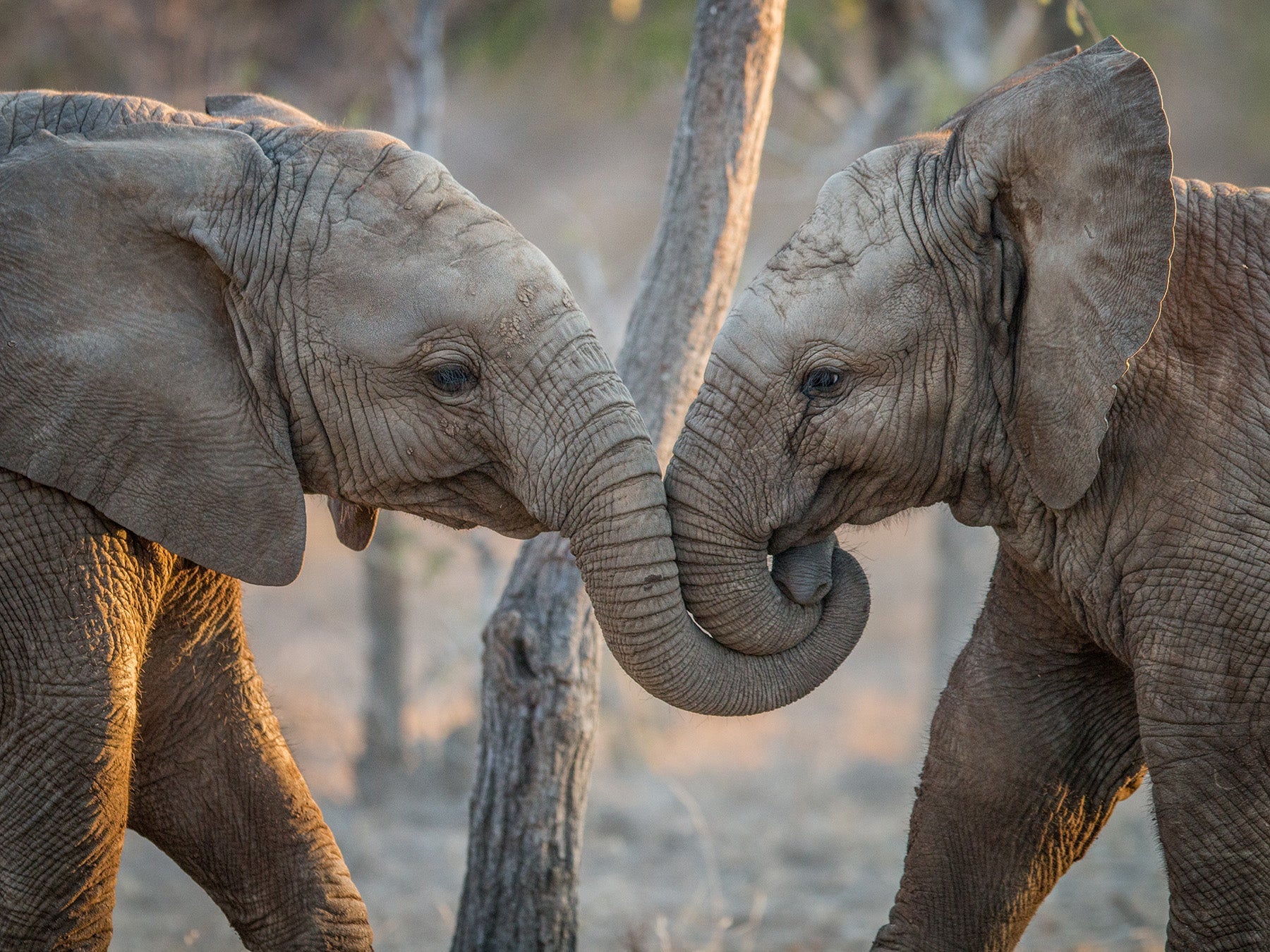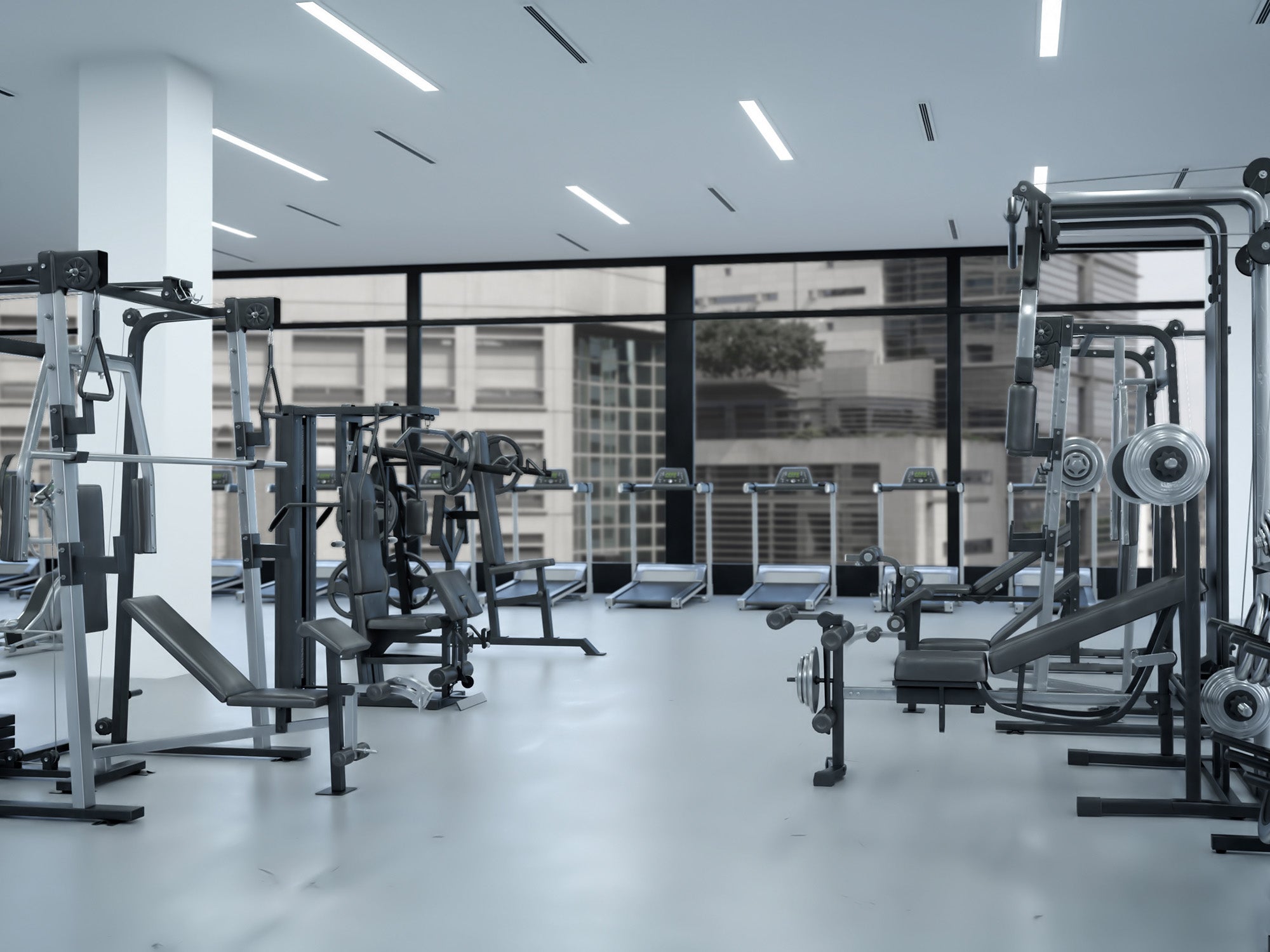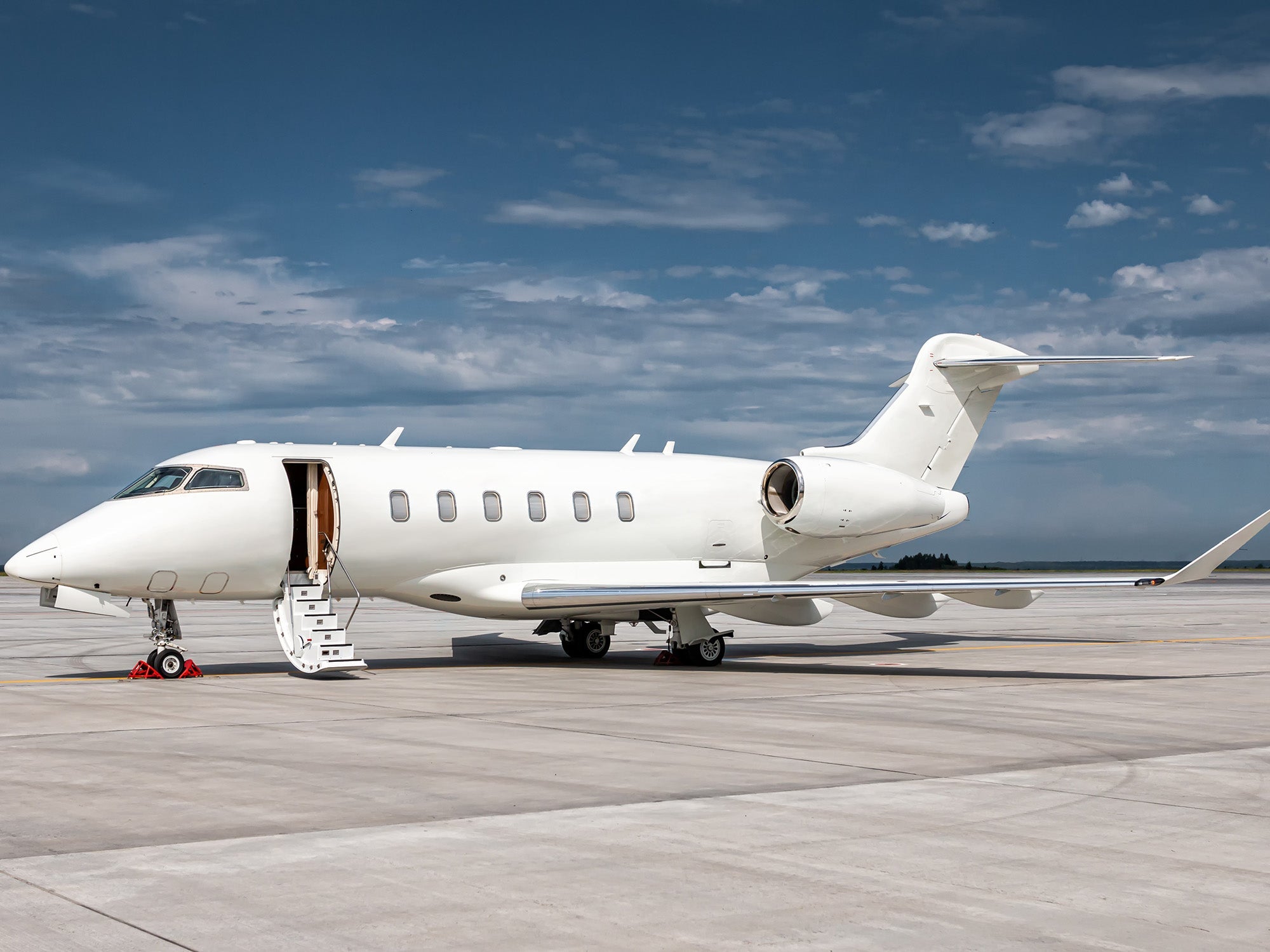
Leica Wildlife Photography: Capturing nature with precision and clarity
The name Leica Wildlife Photography describes the fascinating discipline with which you can capture the beauty and diversity of nature in pictures. Leica cameras are particularly good at capturing breathtaking images of nature that impress with their clarity and richness of detail. Naturally, this calls for explanations (we had to make that pun, dear readers ;-)). In this blog article, we would therefore like to introduce you to the advantages of Leica wildlife photography and also give you some helpful tips for your own nature shots.
Why Leica for wildlife photography?
Excellent image quality
Leica cameras are known around the world for their excellent image quality. High-resolution sensors and precision-manufactured lenses are standard for the various camera models. The lenses are so good that other camera manufacturers even incorporate them into their own devices. But this should only be mentioned as a small side note.
Back to the topic: these two components are particularly important in wildlife photography, where long distances and difficult lighting conditions often prevail. They ensure that details can also be ideally captured. Telephoto lenses support successful shots of birds perched on trees, for example. The Leica SL2-S, for example, is popular for nature photography as it also has a robust design. It is well known that animals sometimes live in places that are difficult to access.
Colors and contrasts
Another feature of Leica cameras is their ability to reproduce colors and contrasts that are as true to nature as possible. This makes it possible to capture the beauty of flora and fauna in a truly authentic way. Leica lenses also play a decisive role in this respect.
Robustness and reliability
This has already been mentioned: Nature photography often takes photographers into difficult environments. Whether in the wilderness of Africa, the dense forests of Europe or the icy landscapes of the Arctic - Leica cameras can cope with these challenges. Many models are weatherproof and shock-resistant, so you can rely on your equipment even in extreme conditions.
You can also find the right camera bag for your equipment and everything you need to protect your camera in our Oberwerth Shop. From classic camera bags and modern sling bags to elegant photo weekenders and rucksacks. Of course, you will also find hand straps and shoulder straps here. Finest craftsmanship made from the best materials. Take a look around and find the bags & accessories that best suit you and your equipment!
Ergonomics: The cameras are easy and comfortable to use
Intuitive operation and an ergonomic design are important for wildlife photography. After all, you always have to react quickly, as animals are extremely bad at sitting patiently in portraits. Leica cameras are reliable partners in this respect. This applies not only to their ease of use. The ergonomics of the cameras also make them comfortable to hold. So you don't have to worry about whether you can move the camera quickly enough into a stable position for a successful photo.
Modern technology
Leica consistently develops its models further. The cameras are therefore equipped with the latest technologies, such as fast autofocus, image stabilization and high continuous shooting speed. These functions are particularly helpful for capturing the perfect moment in the dynamic world of wildlife photography. The continuous shooting feature, for example, ensures that many shots are taken in a very short time. This increases the likelihood that a picture will capture the ideal subject.
Versatility of the lenses
We have already talked about the lenses several times. But we need to go into more detail. Experienced wildlife photographers know it only too well: there is no one right lens for all situations. You need several variants. Leica offers a wide range of lenses that have been specially developed for the various requirements of wildlife photography: For example, wide-angle lenses that capture the vastness of a landscape, or even telephoto lenses that emphasize details from a great distance. Micro lenses help when photographing very small creatures that are native to plants, for example.
Tips for impressive nature shots
Choose the right equipment
A good tripod is important to avoid camera shake and ensure clear, sharp images. There are also other accessories that can help you with your nature shots. A remote shutter release allows you to take pictures without touching the camera, which is particularly useful for avoiding camera shake. In addition, a sturdy camera bag can protect your equipment from accidental impacts (bumps, accidental drops, elements).
Make sure that the bag can be closed properly. Depending on where you are shooting, moisture, leaves or even animals can get into it. You can certainly do without such surprises.
Respect nature
You probably know this, but for safety reasons it should still be made clear: when photographing wildlife, it is important to respect nature and its inhabitants. Keep a sufficient distance from the animals and do not disturb their natural behavior. Patience and consideration are the keys to success here. Also, don't leave anything behind. For example, do you fortify yourself with a small snack and/or a bottle of water in between? Then dispose of the waste properly.
How to capture the right moment
We've already talked about the technical requirements. Now it's time to play your part in capturing the right moment: Observe the animals and get to know their behavior. This will enable you to look ahead and find the perfect moment for your shot. Early morning and late evening are often the best times for wildlife photography, as the light is softer and the animals are more active. But of course this varies from case to case.
Composition and light
Good composition and the right use of light are crucial for impressive wildlife shots. Pay attention to the background and try to avoid distracting elements. Use the natural light. Play around and experiment: backlit shots, for example, can achieve dramatic effects.
Post-processing
Post-processing your photos can turn a good picture into a great one. Use software such as Adobe Lightroom or Photoshop to correct colors, enhance contrasts and correct errors. Leica itself also offers its own software solutions designed for this task - such as the FOTOS app.
Conclusion: The right preparation, practice and patience make a successful wildlife photographer
The previous explanations show: With the right preparation, appropriate equipment and the right techniques, you can take breathtaking wildlife photos. Remember to respect nature and its inhabitants and wait patiently for the perfect moment. With Leica cameras, you have a reliable partner at your side. But see for yourself! It's worth it!

